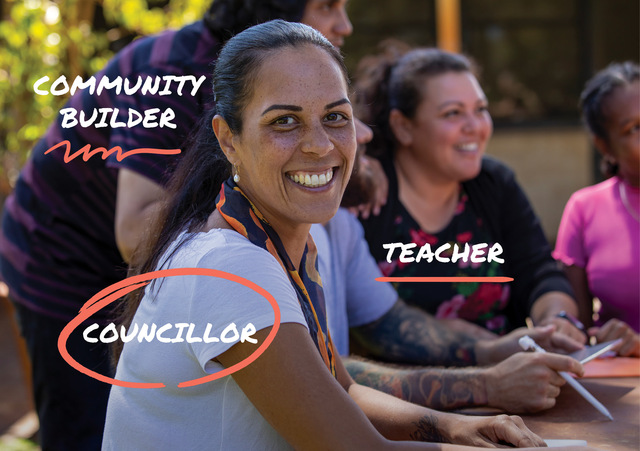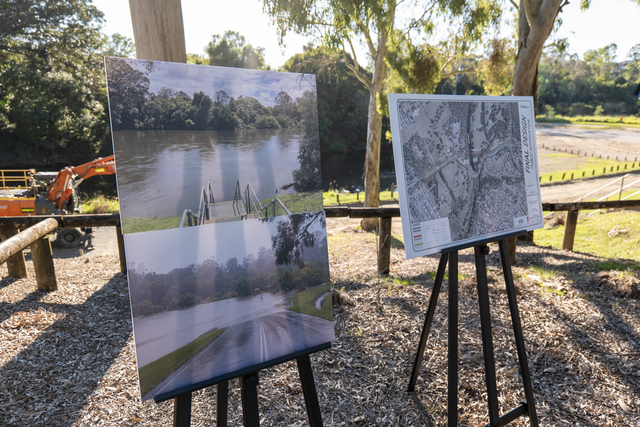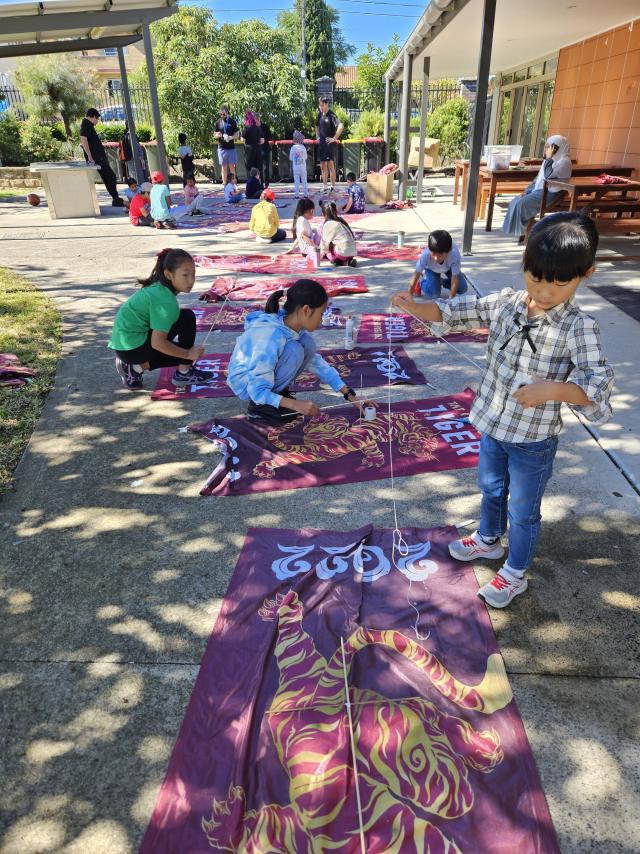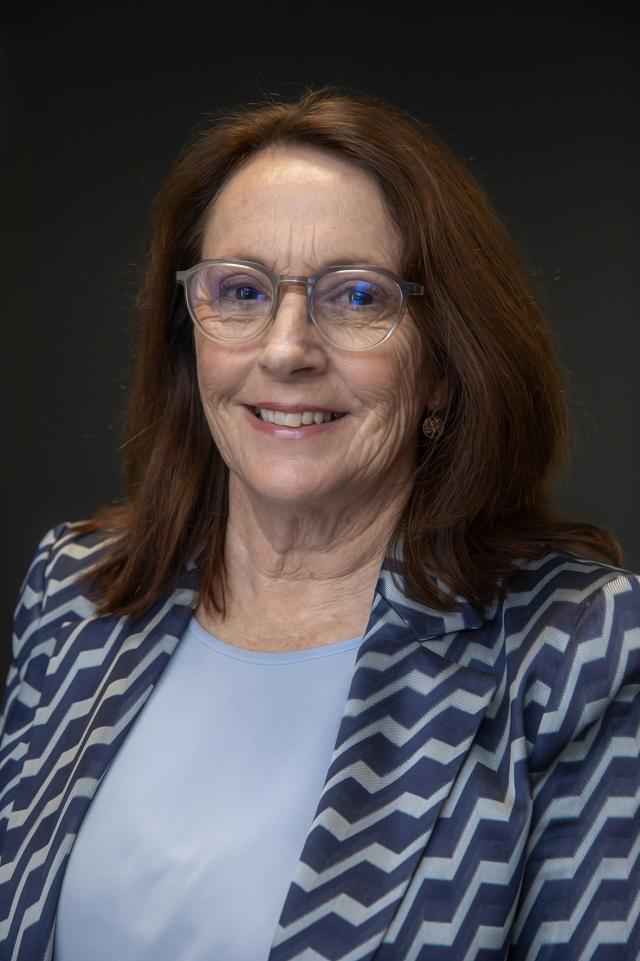The Australian Local Government Association has called for a separate disaster mitigation fund for Local Government following a series of natural disasters around the country over the past few years. ALGA President Councillor Genia McCaffery said Local Government was a strong supporter of the Natural Disaster Relief and Recovery Arrangements (NDRRA). Federal funding has gone to affected areas in Queensland, Victoria, Western Australia and Tasmania. A total of $387 million in advance funding has been sent to flood and cyclone affected councils in Queensland.
According to the ALGA, the current Disaster Resilience Australia package was likely to be drained by the heavy demands of State Governments.
Councillor McCaffery argued that given the extent of the 2010 and 2011 natural disasters, Local Governments would not be able to adequately fund the repair of roads, parks, buildings and footpaths. She called for a dedicated program for Local Government to build resilience and to provide community members with the certainty they needed in the face of natural disasters.
Releasing its 2011/12 budget submission Building Our Regional Capacity, Councillor McCaffery said it was Local Governments that were often left to pick up the pieces of shattered communities and to rebuild broken lives.
The work of Local Governments in helping those communities now continues across the country. A lot of the work in Queensland has been hampered by six weeks of persistent rain.
In Western Australia, reconstruction has begun after the devastating fires. The City of Armadale has taken the lead as the coordinator for the urban demolition program of about 100 properties devastated or badly damaged by the Roleystone/Kelmscott bushfire. During these fires, more than 70 homes were completely destroyed, 400 hectares of bushland burnt and another 30 properties suffered damage.
Armadale Mayor Linton Reynolds said the area suffered the worst bushfire in living memory.
“While we were extremely lucky to have not lost any lives, the fire caused untold devastation and will have long lasting effects on our community,” he said.
Victoria has suffered floods in its north, central and western areas and in Gippsland. Northern Grampians Municipal Recovery Manager Greg Little said a two year recovery plan had now been put into place.
“It is important to focus resources over a long period to deal properly with the impact of the flooding,” he said. “The communities we serve have undergone significant hardship resulting from floods and severe storms. The damage caused and the costs are yet to be fully realised, however, estimates are that it will be above $19 million. The cost of repair for private assets, homes, farms, businesses and facilities will also run into the millions of dollars.”
In Tasmania, Natural Disaster Relief and Recovery Arrangements funding is going to Break O’Day, Dorset, Launceston and Northern Midlands. Floods on March 23 and 24 caused significant damage to roads and buildings across the region and a large cleanup and restoration effort is being undertaken.
Councillor McCaffery said that the ALGA is working with State associations to contact well resourced councils not directly affected by flooding to see what assistance they can provide to affected councils. She said the help could come in the form of building surveyors, planners and engineers.
Local Governments have also been aiding their counterparts in many affected regions. The experience of the Black Saturday fires in Victoria has helped councils deal with the recent flooding. Yarra Ranges Council has lent its expertise and staff to flood affected areas of Victoria. Yarra Ranges sent 20 staff to Stawell to help Northern Grampians Shire in their Municipal Emergency Coordination Centre.
Yarra Ranges Mayor Terry Avery said that staff have been helping with health and road inspections as well as emergency management and administrative support. Councillor Avery said staff had volunteered to help out their northern neighbours for several days at a time.
“A few years ago we were in the position of needing support in the wake of the devastating 2009 bushfires,” he said.”Now it’s our turn to return the favour.”
Yarra Ranges Risk, Emergency and Community Safety Manager Brett Ellis said the Yarra Ranges team was able to effectively help out because of its experiences from 2009.
“As the largest Local Government emergency management team in Australia, we are in a position to be able to help a smaller council that does not have the capacity to deal with an emergency on this scale,” he said.
Along a similar line, the Municipal Association of Victoria has opened a Local Government Emergency Recovery Emergency Fund to allow any council to support Victorian flood affected municipalities.
ALGA has also called on the Federal Government to look at the bigger picture when dealing with the aftermath of the horrific flooding in Queensland, New South Wales, Victoria and Tasmania, as well as the Western Australia cyclone and bushfires. At the same time, ALGA said that the rebuilding of flood ravaged areas should not overshadow the need for ongoing funding in the Federal Budget for local roads, transport and community infrastructure to address Australia’s growing infrastructure backlog.








